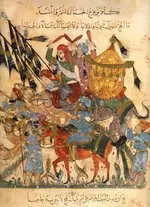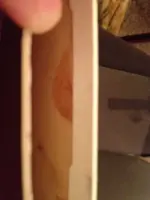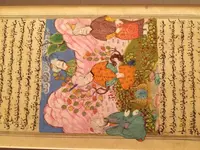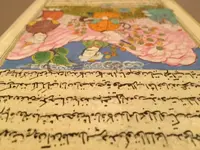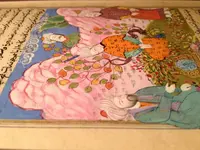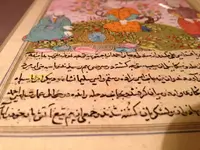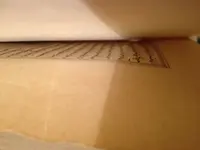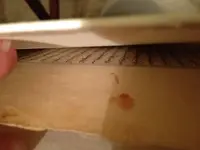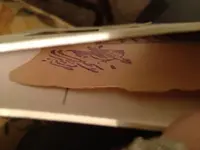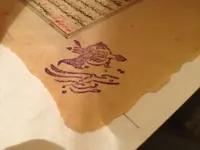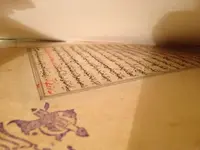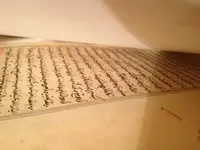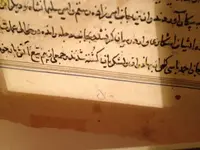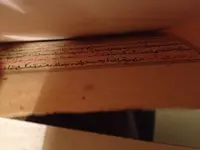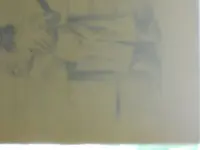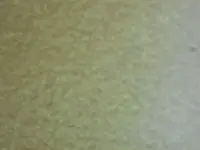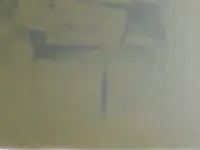mjm579
Hero Member
- Joined
- Jan 6, 2013
- Messages
- 911
- Reaction score
- 377
- Golden Thread
- 0
- Location
- Montgomery County, PA
- Primary Interest:
- All Treasure Hunting
- #1
Thread Owner
My fav thrift store struck again
Wasn't sure what this piece was until now. (old paper miniature)
I still don't know what it is worth, but I figured it was a nicer piece if someone spent the money to have it custom framed (and took the time to include/save the business card on the back).
The back of the picture shows the company that did the framing and the business card of where the piece was purchased in 1997.
So based on this alone, I had assumed it was a porcelain piece. I mean it says that the piece was bought from a person who works with porcelain.
This is until I turned to business card over - "old paper miniature".
LOOK at the detail on this piece. Extraordinary. Not to mention that the paper looks old(fiber pieces throughout. Love!!!
Several of the pics below this detail.
ALSO, it looks like another "page" would have been on the opposing side years and years ago. Noticed mostly where the letters appear to be doubled (see the last picture). I can only guess that this piece came from an old boom
Frame measures approx 9" x 12".
Paid $4 for it.
Wasn't sure what this piece was until now. (old paper miniature)
I still don't know what it is worth, but I figured it was a nicer piece if someone spent the money to have it custom framed (and took the time to include/save the business card on the back).
The back of the picture shows the company that did the framing and the business card of where the piece was purchased in 1997.
So based on this alone, I had assumed it was a porcelain piece. I mean it says that the piece was bought from a person who works with porcelain.
This is until I turned to business card over - "old paper miniature".
LOOK at the detail on this piece. Extraordinary. Not to mention that the paper looks old(fiber pieces throughout. Love!!!
Several of the pics below this detail.
ALSO, it looks like another "page" would have been on the opposing side years and years ago. Noticed mostly where the letters appear to be doubled (see the last picture). I can only guess that this piece came from an old boom
Frame measures approx 9" x 12".
Paid $4 for it.
Attachments
-
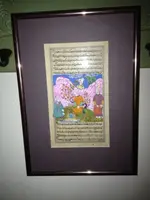 image-2100017077.webp34.9 KB · Views: 121
image-2100017077.webp34.9 KB · Views: 121 -
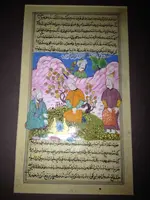 image-4040690909.webp69.5 KB · Views: 140
image-4040690909.webp69.5 KB · Views: 140 -
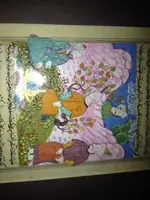 image-327595083.webp68.3 KB · Views: 123
image-327595083.webp68.3 KB · Views: 123 -
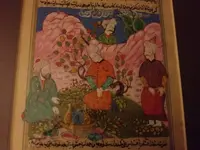 image-2731228817.webp48.2 KB · Views: 114
image-2731228817.webp48.2 KB · Views: 114 -
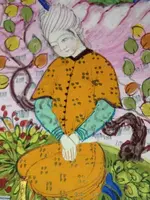 image-3524821483.webp63.2 KB · Views: 111
image-3524821483.webp63.2 KB · Views: 111 -
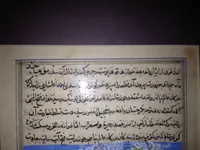 image-1542944249.webp36.6 KB · Views: 123
image-1542944249.webp36.6 KB · Views: 123 -
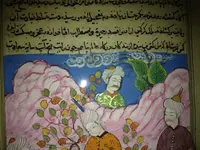 image-2599122094.webp68.8 KB · Views: 109
image-2599122094.webp68.8 KB · Views: 109 -
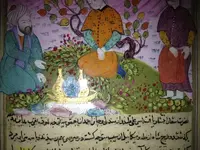 image-2567908958.webp82.1 KB · Views: 107
image-2567908958.webp82.1 KB · Views: 107 -
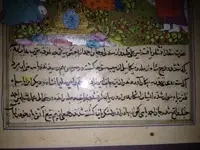 image-767831565.webp66.9 KB · Views: 108
image-767831565.webp66.9 KB · Views: 108 -
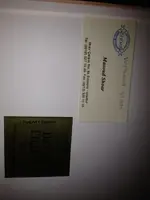 image-1230708097.webp15.6 KB · Views: 107
image-1230708097.webp15.6 KB · Views: 107 -
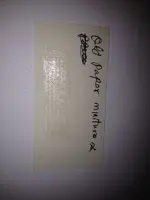 image-2490912636.webp18 KB · Views: 112
image-2490912636.webp18 KB · Views: 112 -
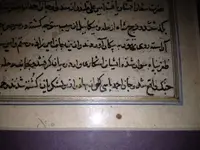 image-1394155387.webp49.7 KB · Views: 103
image-1394155387.webp49.7 KB · Views: 103 -
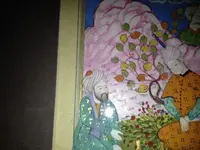 image-3753865555.webp38.2 KB · Views: 103
image-3753865555.webp38.2 KB · Views: 103 -
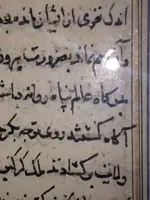 image-2854057600.webp47.8 KB · Views: 93
image-2854057600.webp47.8 KB · Views: 93



